In today’s digital age, having a strong online presence is crucial for the success of any business, and blogs are no exception. Blogs have become an integral part of digital marketing strategies, allowing businesses to connect with their target audience, establish thought leadership, and drive traffic to their websites. However, simply having a blog is not enough. To truly maximize its potential, it is important to understand the role of crawling and indexing in digital marketing.
Crawling and indexing are two fundamental processes that search engines use to discover and organize web pages. These processes play a crucial role in determining how your blog is ranked on search engine results pages (SERPs) and ultimately, its visibility to your target audience. By understanding how crawling and indexing work, you can optimize your blog’s digital marketing performance and ensure that it reaches the right audience at the right time.
What is Crawling and Indexing? A Brief Overview
Crawling refers to the process by which search engines discover new web pages. Search engine bots, also known as spiders or crawlers, navigate through the internet by following links from one page to another. These bots visit websites and collect information about their content, structure, and other relevant data. This information is then stored in a search engine’s index.
Indexing, on the other hand, is the process of organizing and storing the information collected during crawling. The search engine’s index is essentially a massive database that contains information about all the web pages it has crawled. When a user performs a search query, the search engine retrieves relevant results from its index based on various factors such as relevance, authority, and user experience.
The Role of Crawling and Indexing in Search Engine Optimization (SEO)
Search engine optimization (SEO) is the practice of optimizing your website or blog to improve its visibility on search engine results pages. SEO is crucial for blogs because it helps drive organic traffic, increase brand awareness, and establish credibility. Crawling and indexing play a significant role in SEO by determining how search engines perceive and rank your blog.
When search engine bots crawl your blog, they analyze various factors such as keywords, meta tags, and backlinks to understand the relevance and quality of your content. This information is then used by search engines to determine how your blog should be ranked on SERPs. If your blog is properly crawled and indexed, it has a higher chance of appearing on the first page of search results, which significantly increases its visibility and organic traffic.
How Crawling and Indexing Affect Your Blog’s Visibility on Search Engines
Visibility on search engines is crucial for the success of your blog’s digital marketing performance. When your blog appears on the first page of search results, it is more likely to be clicked on by users, resulting in increased traffic and potential conversions. Crawling and indexing directly impact your blog’s visibility by determining its ranking on SERPs.
If your blog is not properly crawled and indexed, it may not appear in search results at all or may be buried deep within the pages. This means that even if you have high-quality content and a well-designed website, it may go unnoticed by your target audience. By ensuring that your blog is properly crawled and indexed, you can improve its visibility and increase the chances of attracting organic traffic.
The Benefits of Proper Crawling and Indexing for Your Blog’s Digital Marketing Performance
Proper crawling and indexing offer several benefits for your blog’s digital marketing performance. These benefits include increased visibility, improved SEO, and better user experience.
Increased visibility: When your blog is properly crawled and indexed, it has a higher chance of appearing on the first page of search results. This increased visibility means that more users will see your blog when they search for relevant keywords, resulting in higher organic traffic and potential conversions.
Improved SEO: Crawling and indexing are essential for SEO. When search engine bots crawl your blog and index its pages, they analyze various factors such as keywords, meta tags, and backlinks. By optimizing these elements, you can improve your blog’s SEO and increase its chances of ranking higher on SERPs.
Better user experience: Proper crawling and indexing also contribute to a better user experience. When your blog is easily discoverable on search engines, users can find the information they are looking for quickly and easily. This improves their overall experience and increases the likelihood of them returning to your blog in the future.
Tips for Ensuring Your Blog is Properly Crawled and Indexed
To ensure that your blog is properly crawled and indexed, there are several steps you can take:
1. Create a sitemap: A sitemap is a file that lists all the pages on your blog and provides information about their relevance and importance. By creating a sitemap and submitting it to search engines, you can help them understand the structure of your blog and ensure that all pages are properly crawled and indexed.
2. Use robots.txt: Robots.txt is a file that tells search engine bots which pages of your blog they should crawl and which ones they should ignore. By using robots.txt, you can control how search engines access and crawl your blog, ensuring that only relevant pages are indexed.
3. Avoid duplicate content: Duplicate content refers to identical or very similar content that appears on multiple pages of your blog or across different websites. Search engines may penalize websites with duplicate content by lowering their rankings or excluding them from search results. To avoid this, make sure that each page of your blog has unique and valuable content.
Common Crawling and Indexing Issues and How to Fix Them
While proper crawling and indexing are crucial for your blog’s digital marketing performance, there are several common issues that can hinder these processes. Some of these issues include broken links, slow loading times, and duplicate content.
Broken links occur when a link on your blog leads to a page that no longer exists or has been moved. Search engine bots may encounter broken links while crawling your blog, which can negatively impact its indexing and ranking. To fix broken links, regularly check your blog for any broken links and update or remove them as necessary.
Slow loading times can also affect crawling and indexing. If your blog takes too long to load, search engine bots may not be able to crawl all of its pages, resulting in incomplete indexing. To improve loading times, optimize your blog’s images, use caching techniques, and choose a reliable hosting provider.
Duplicate content is another common issue that can affect crawling and indexing. As mentioned earlier, search engines may penalize websites with duplicate content by lowering their rankings or excluding them from search results. To avoid this, make sure that each page of your blog has unique and valuable content.
The Importance of Sitemaps in Crawling and Indexing
Sitemaps play a crucial role in crawling and indexing. A sitemap is a file that lists all the pages on your blog and provides information about their relevance and importance. By creating a sitemap and submitting it to search engines, you can help them understand the structure of your blog and ensure that all pages are properly crawled and indexed.
Sitemaps provide search engine bots with valuable information about your blog’s content, including the last time it was updated, the frequency of updates, and the priority of each page. This information helps search engines prioritize crawling and indexing based on the importance and relevance of each page.
By regularly updating your sitemap and submitting it to search engines, you can ensure that all new pages on your blog are discovered and indexed quickly. This improves the visibility of your blog and increases the chances of attracting organic traffic.
How to Monitor Your Blog’s Crawling and Indexing Performance
Monitoring your blog’s crawling and indexing performance is crucial for optimizing its digital marketing performance. By regularly checking for crawl errors and analyzing search engine rankings, you can identify any issues and take appropriate actions to improve your blog’s visibility and SEO.
One of the most effective tools for monitoring crawling and indexing performance is Google Search Console. This free tool provided by Google allows you to monitor how your blog is crawled and indexed, identify any crawl errors or issues, and submit sitemaps for faster indexing.
In addition to using Google Search Console, you can also check for crawl errors manually by performing a site:yourblog.com search on Google. This will show you all the pages of your blog that have been indexed by Google. If any pages are missing or if there are any crawl errors, you can investigate further and take appropriate actions to fix them.
Analyzing search engine rankings is another important aspect of monitoring your blog’s crawling and indexing performance. By regularly checking your blog’s rankings for relevant keywords, you can assess its visibility on search engines and make necessary adjustments to improve its SEO.
Other Factors That Affect Your Blog’s Digital Marketing Performance
While crawling and indexing are crucial for your blog’s digital marketing performance, there are several other factors that can also impact its success. These factors include content quality, social media presence, and backlinks.
Content quality is one of the most important factors for the success of your blog. High-quality content that provides value to your target audience is more likely to be shared, linked to, and ranked higher on search engines. By consistently creating valuable and engaging content, you can attract more organic traffic and establish thought leadership in your industry.
Social media presence is another important factor that can impact your blog’s digital marketing performance. By actively engaging with your audience on social media platforms such as Facebook, Twitter, and LinkedIn, you can increase brand awareness, drive traffic to your blog, and attract potential customers.
Backlinks, or links from other websites to your blog, are also crucial for its digital marketing performance. Backlinks act as a vote of confidence from other websites, indicating that your blog is trustworthy and authoritative. By actively building high-quality backlinks from reputable websites, you can improve your blog’s SEO and increase its visibility on search engines.
The Power of Crawling and Indexing in Transforming Your Blog’s Digital Marketing Performance
In conclusion, crawling and indexing play a crucial role in the digital marketing performance of your blog. By understanding how these processes work and implementing best practices, you can improve your blog’s visibility on search engines, increase organic traffic, and establish thought leadership in your industry.
To ensure that your blog is properly crawled and indexed, it is important to create a sitemap, use robots.txt to control crawling, and avoid duplicate content. Regularly monitoring your blog’s crawling and indexing performance using tools like Google Search Console and analyzing search engine rankings can help you identify any issues and take appropriate actions to improve your blog’s visibility and SEO.
While crawling and indexing are important factors for your blog’s digital marketing performance, it is also crucial to focus on other aspects such as content quality, social media presence, and backlinks. By consistently creating valuable content, engaging with your audience on social media platforms, and building high-quality backlinks, you can further enhance your blog’s digital marketing performance and achieve long-term success.
















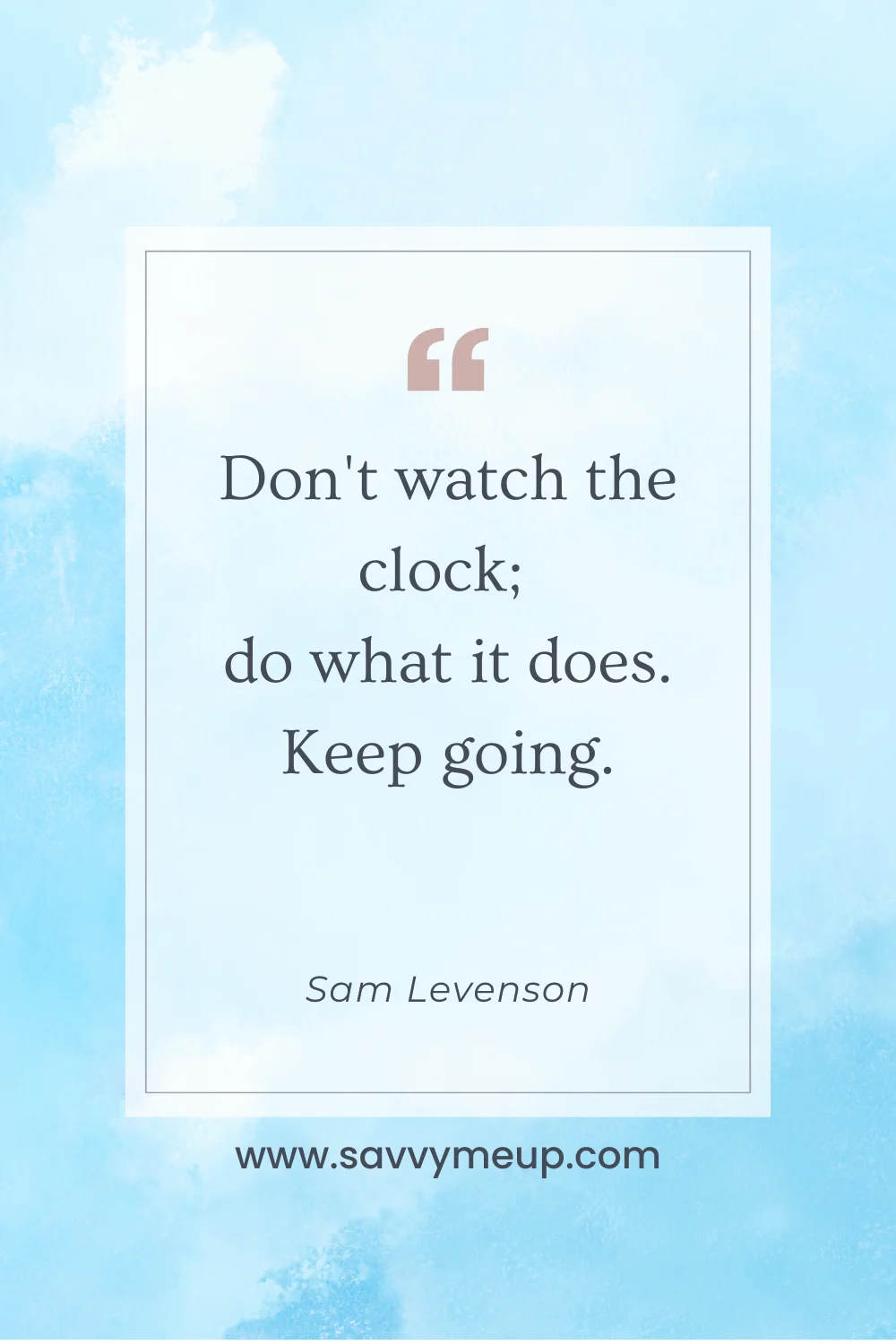



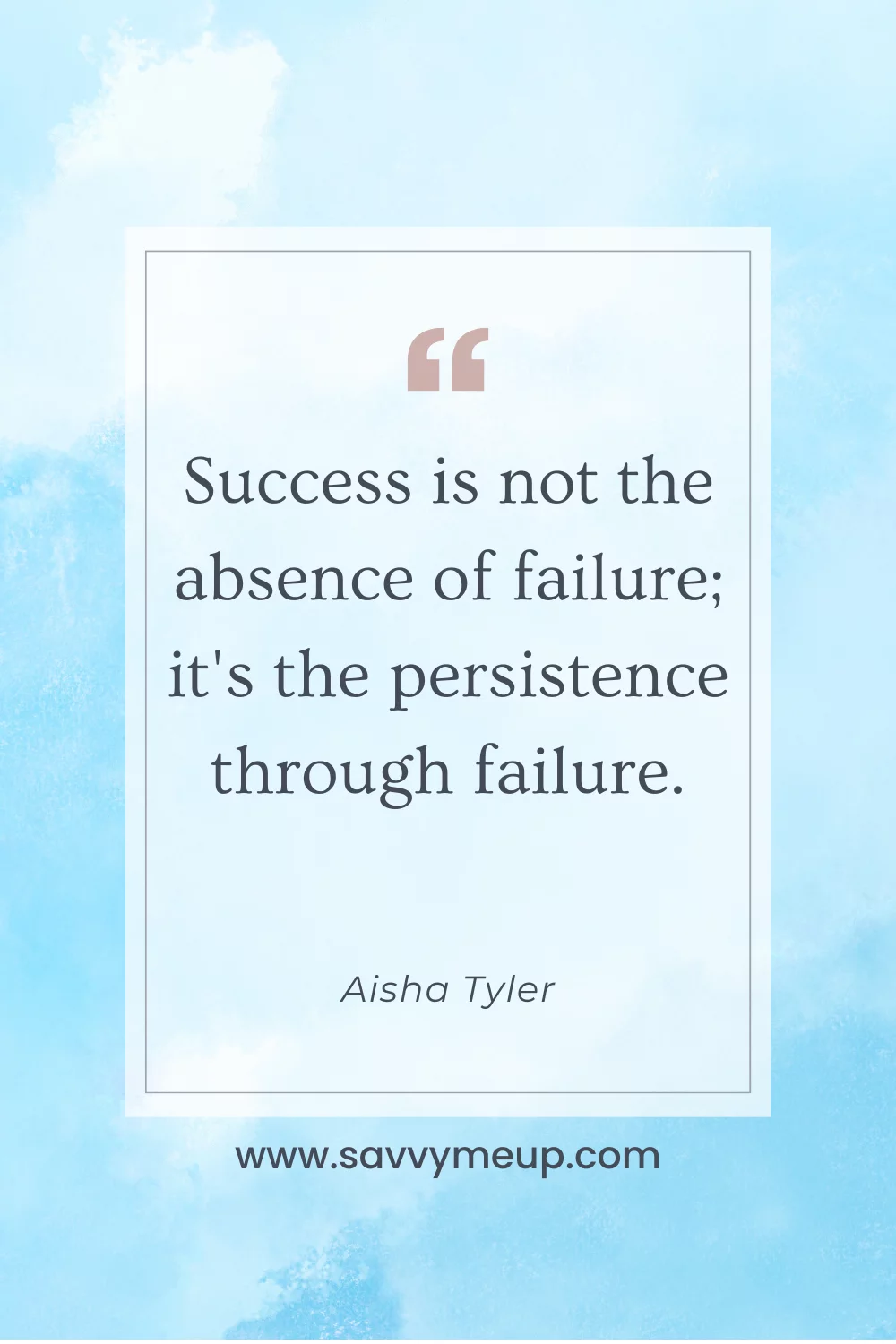

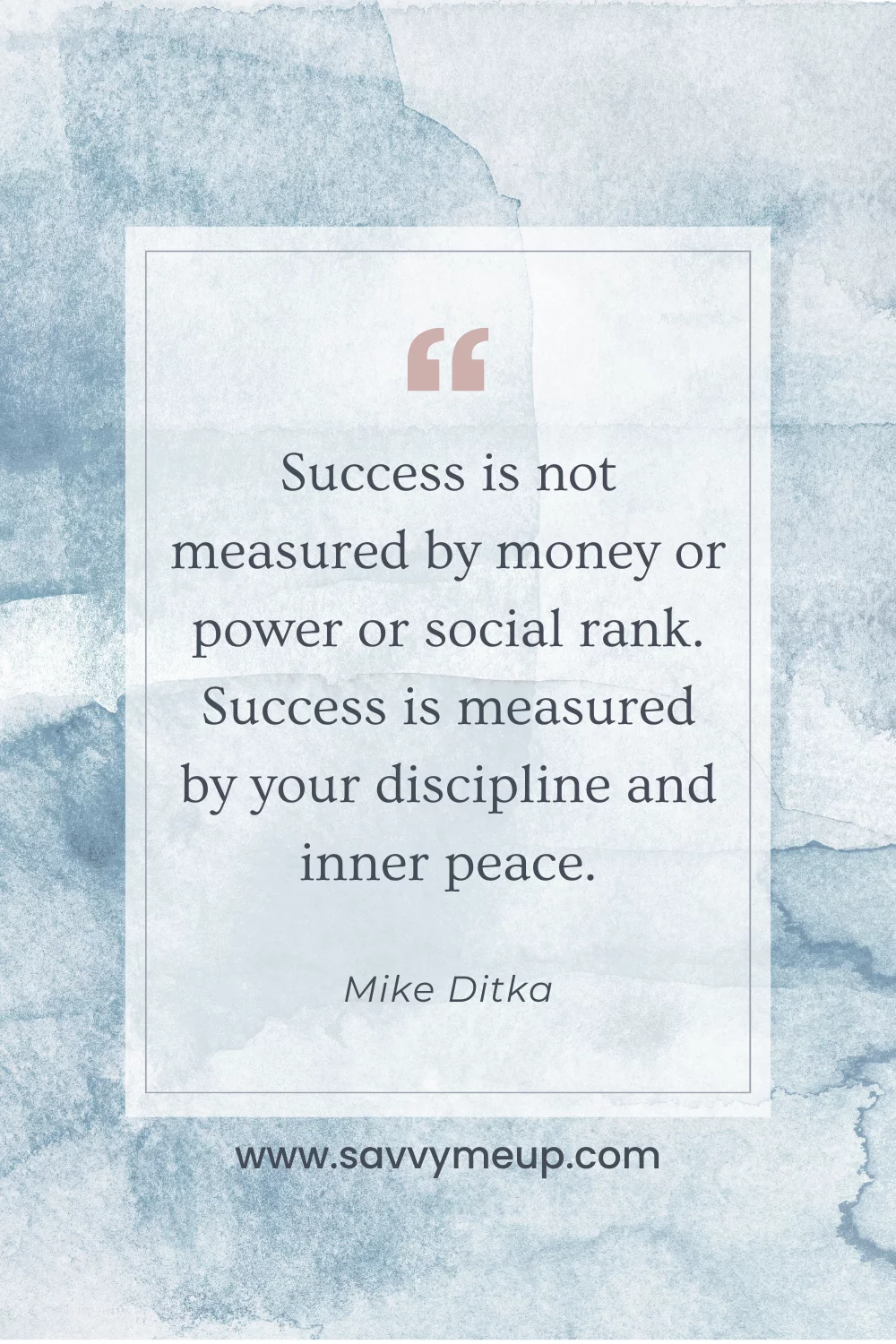
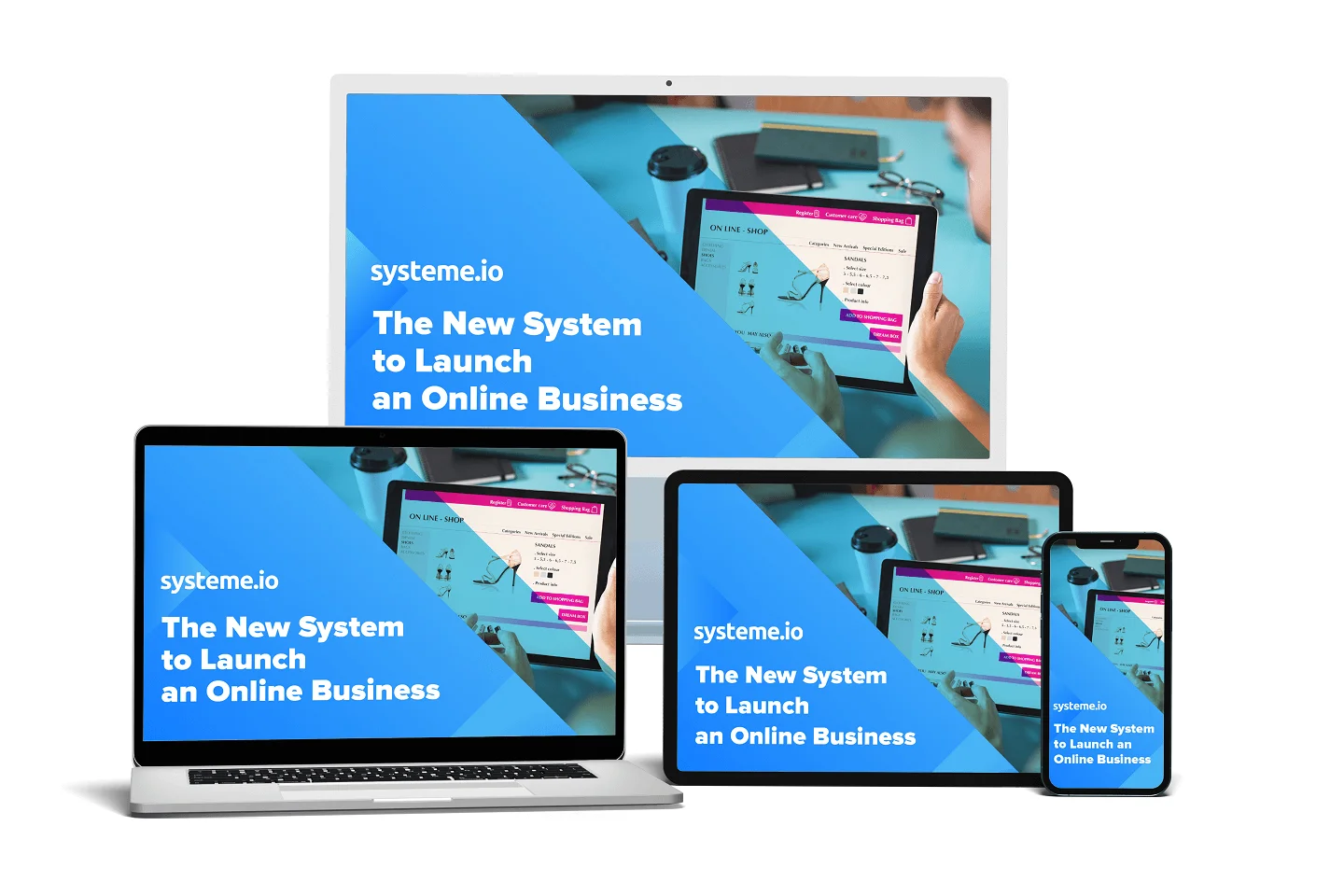


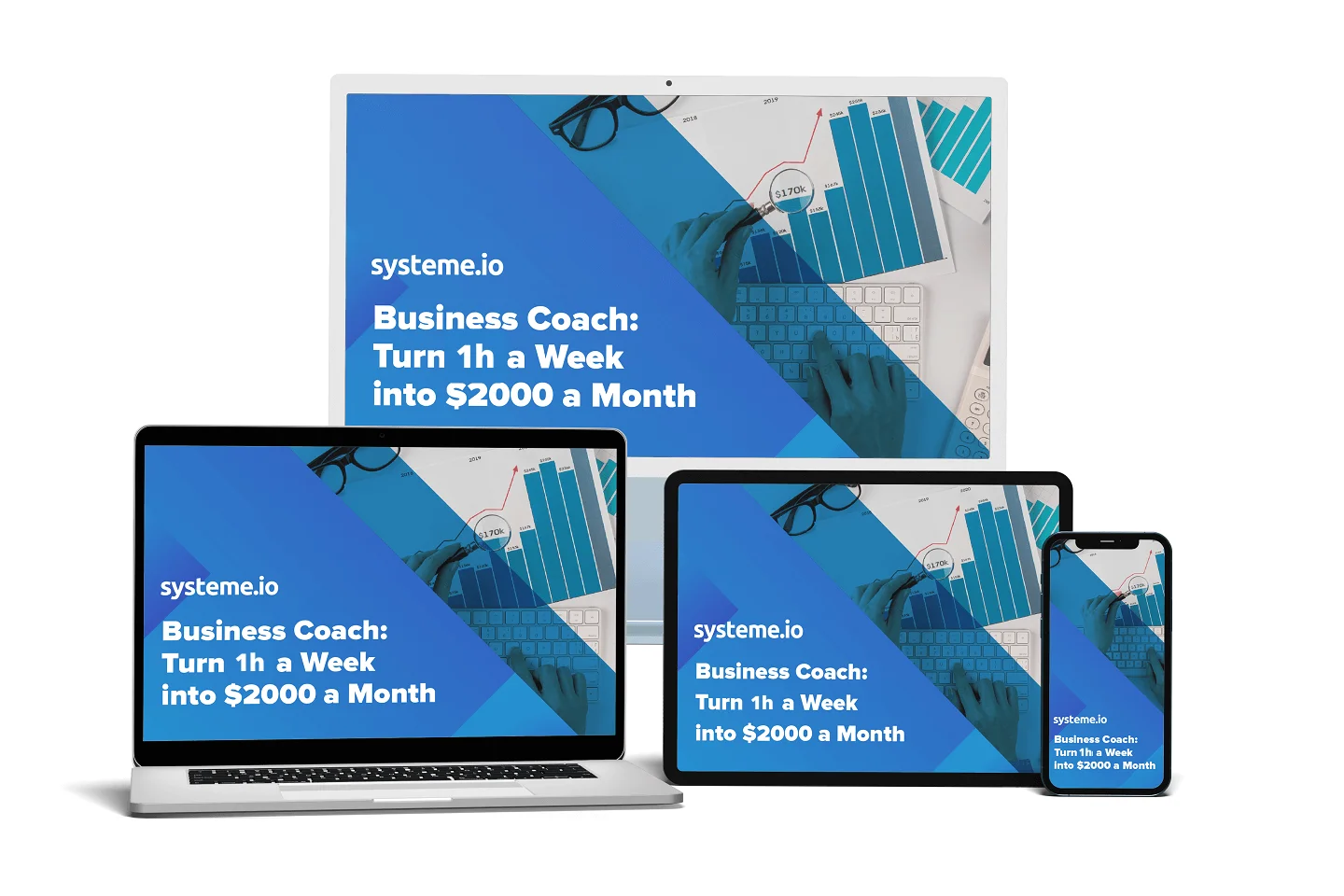

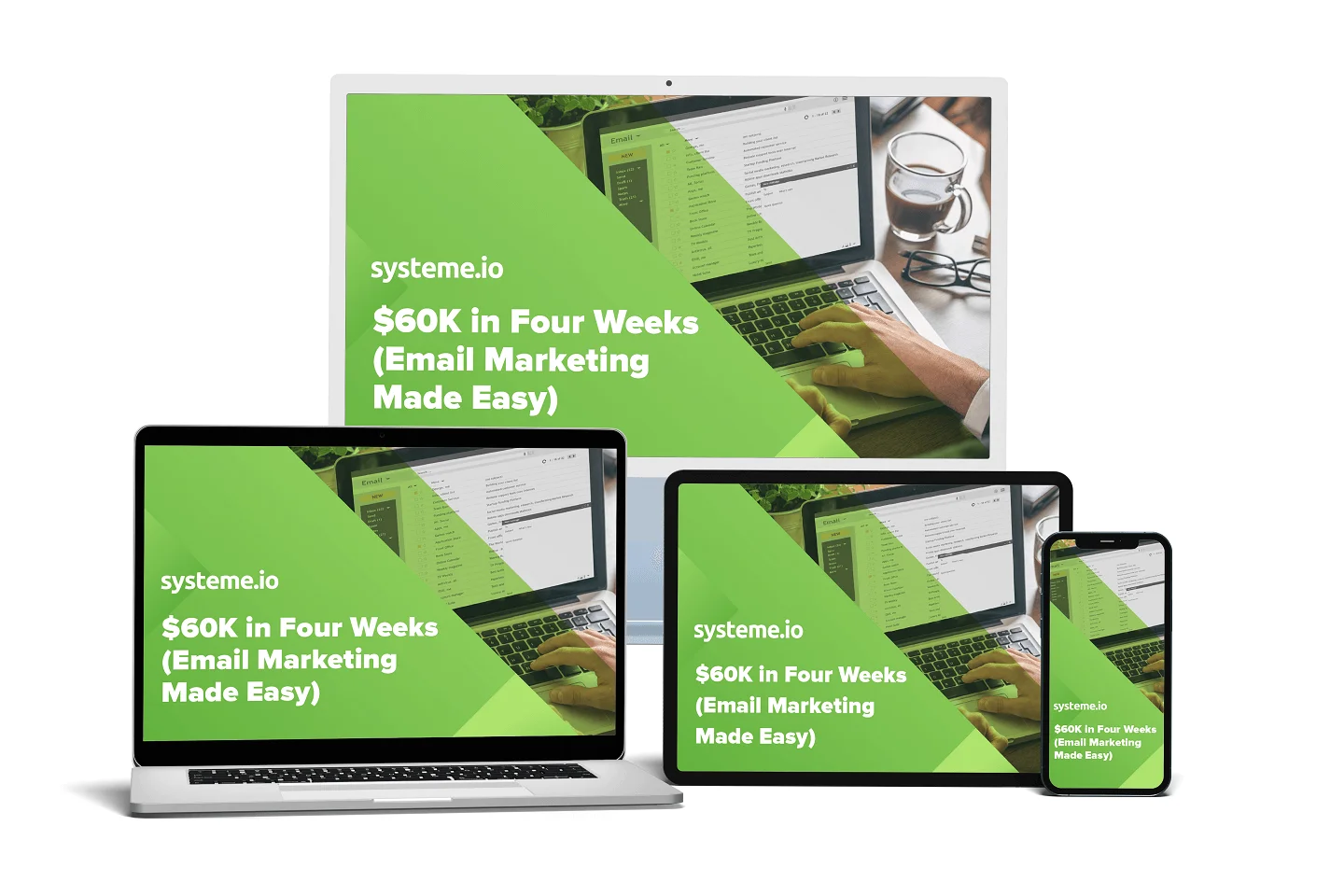










0 Comments